💎Crystals, Rocks, Minerals, Diamonds Meaning & Healing
Healing Crystals, Moonstones, Chakra & Zodiac Stones
-
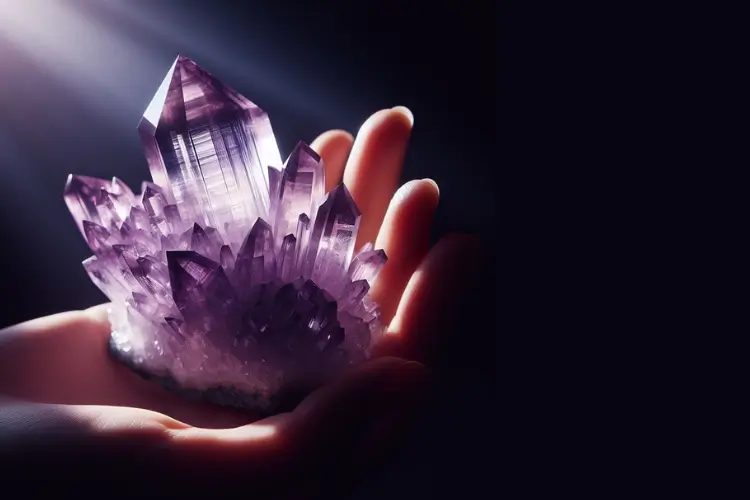
Is Amethyst Toxic?
There are different categories of toxicity. A substance can have a category four when it is mildly toxic. Category one substances are highly toxic. Most people give us confusing answers when we ask is Amethyst toxic. Our answer is yes, it is toxic when you expose yourself to Amethyst for a long time. It will…
-
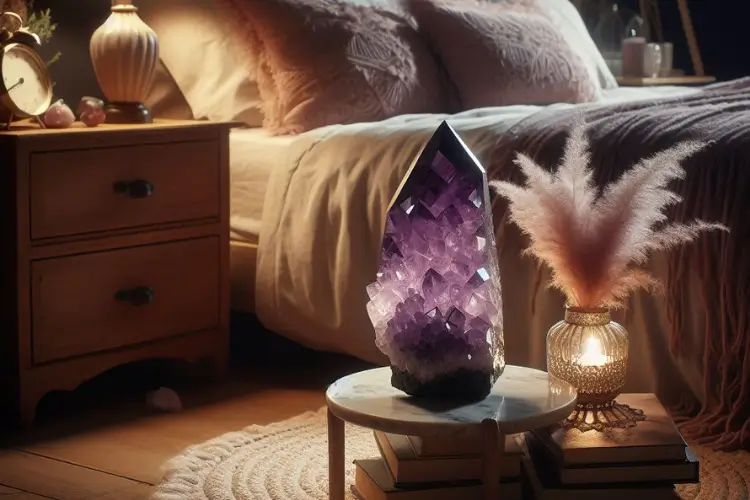
Sleeping with Amethyst: Should You Do It?
Amethyst has a violet color due to iron impurities and radiation exposure. Most people use it for decoration. Some practitioners suggest sleeping with Amethyst can give you many metaphysical benefits. We will help you find if it is suitable for you to sleep with the Amethyst. Sleeping with Amethyst – Should You Do It? Yes,…
-

How to Clean Malachite?
Malachite is a green stone with a magnificent appearance. You can enhance the malachite’s look by cleaning it. Learning how to clean malachite is better because you cannot clean it the same way as the other stones. You can learn everything about cleaning malachite from this article. Is It Safe to Clean Malachite Using the…
-
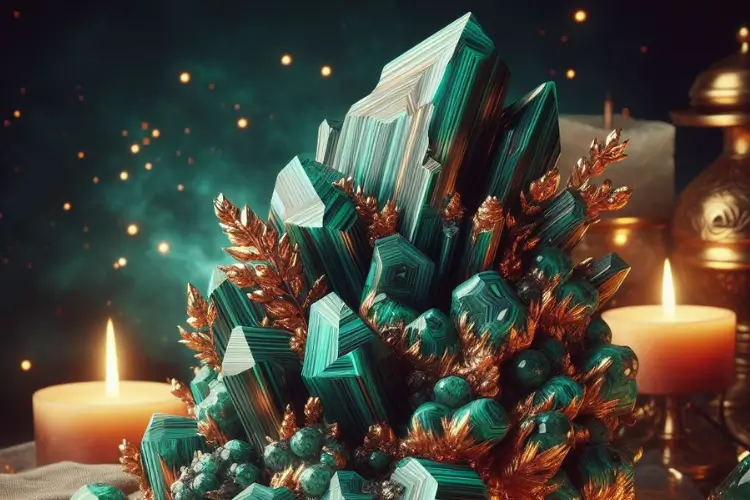
Is Malachite Toxic?
Malachite is a toxic mineral due to the high copper concentration in the crystals. It is also hazardous to human health. It is the perfect answer when someone asks is malachite toxic. You will get an explanation of this concept in this article. Why Is Malachite Toxic? Malachite consists of seventy percent copper oxide. Copper…
-
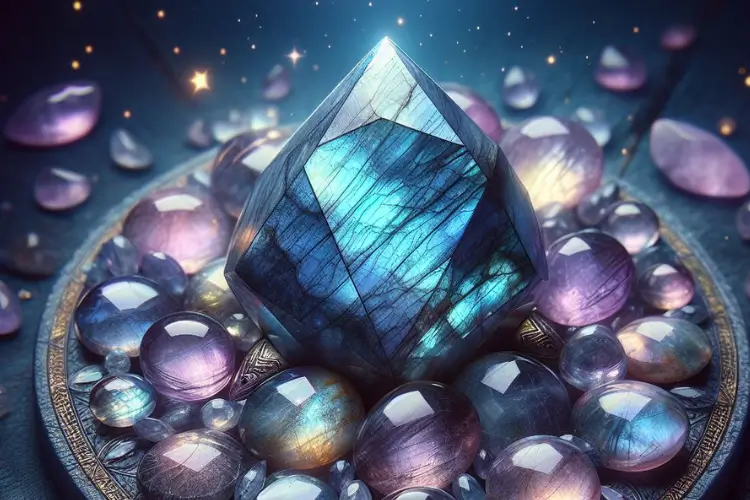
Purple Labradorite: The Magical Gemstone for Empowerment
Purple Labradorite stone is a type of feldspar. It is a purple-to-pink mineral with a hardness of 6-6.5 on the Mohs scale. Purple Labradorite stone is found in many parts of the world but is most common in Madagascar, Sri Lanka, and North America. Purple Labradorite is a gemstone that’s known for its deep, dark…
-
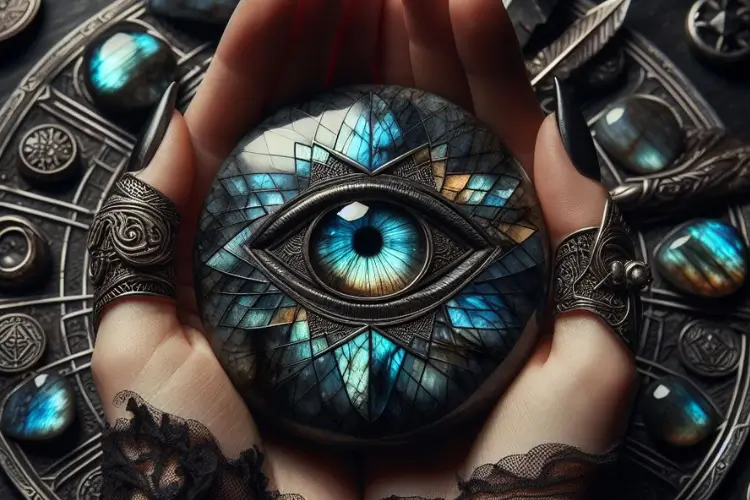
A Glimpse at the Most Powerful Black Labradorite Stone
Black Labradorite is a form of Labradorite that is black. It has a hardness of 6.5-7 on the Mohs scale, meaning it’s hard to scratch with your fingernail but can be scratched with a knife. Black Labradorite is an orthorhombic mineral with a tetragonal crystal system. Labradorite is a stone that can be used with…
-
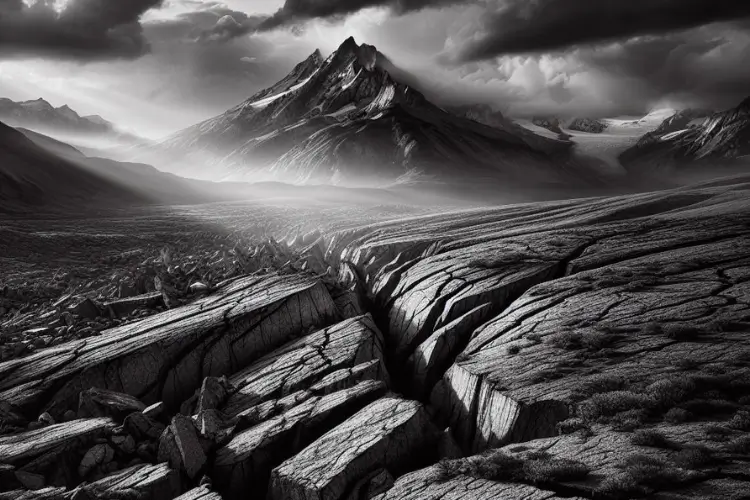
Which of the Following Describes the Type of Deformation Experienced by Rocks before an Earthquake?
Stress buildup due to the long-term deformation of the earth’s faults. The faults release this stress by sudden movements of deep parts of the rocks. This release of the stored energy produces seismic waves. These waves move inside the earth. These waves shake the ground when they reach the surface. The shake on the surface…
-
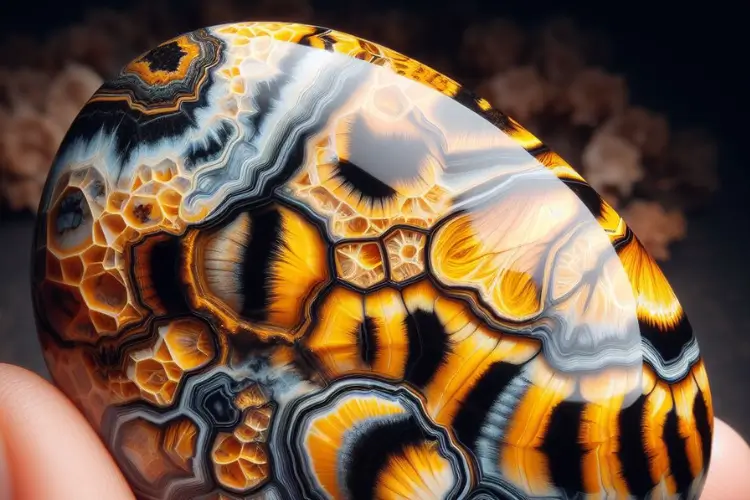
Is Bumblebee Jasper Toxic?
Bumblebee Jasper is not an authentic jasper because it consists of calcite. Jasper crystals are made of microgranular quartz. You can answer with Yes if someone asks is bumblebee jasper toxic. Bumblebee Jasper is toxic to humans due presence of arsenic in the crystals. We will discuss many aspects of bumblebee jasper to help you…
-
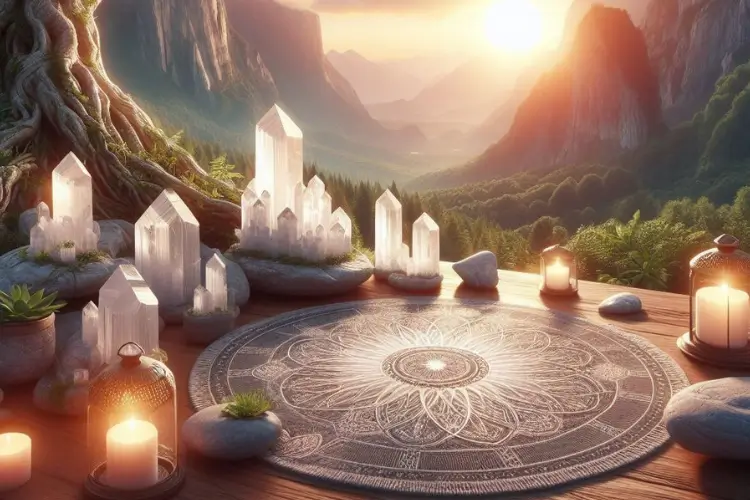
Can Selenite be in the Sun?
It is suitable to place the selenite in the sun for a short time – less than 3 hours, preferably in the morning and evening sunlight. You cannot place it in the sun for a long time because it will damage the finish and external crystal structure. You should explain when someone asks if selenite…
-

How to Tell if Black Tourmaline Is Real?
People use the black tourmaline in spiritual practices as it offers protection from negative energies. Many of us want to learn how to tell if black tourmaline is real. There are various ways to tell if Black Tourmaline is real or not. One way is to check the hardness of the material. The hardness of…
-
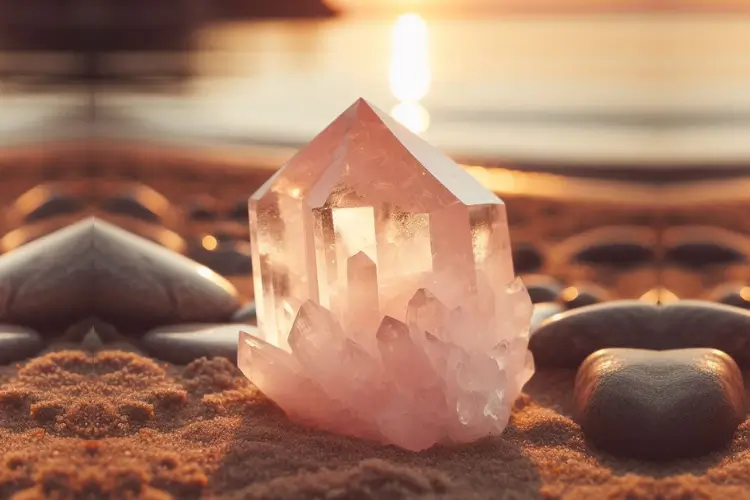
Can Rose Quartz be in the Sun?
Rose quartz is one of the many forms of quartz crystals. It has a pink color with a high level of luster. Many ask can rose quartz be in the sun without affecting the crystal luster. You can place the rose quartz in the sunlight if you limit the sun exposure, put it in the…
-
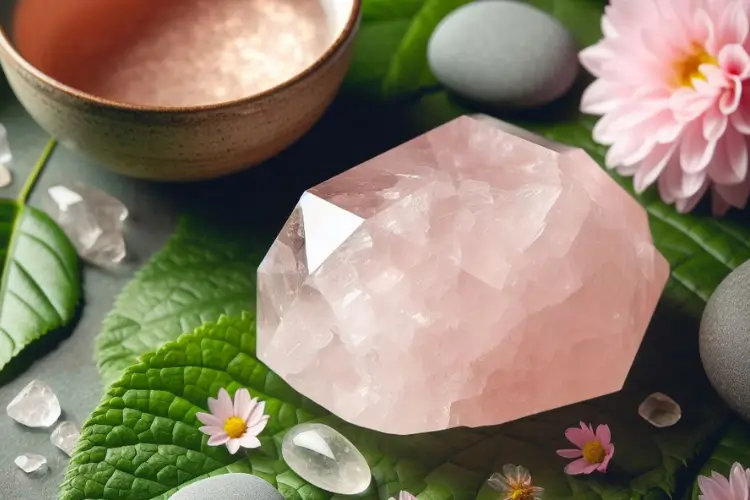
How to Tell if Rose Quartz Is Real?
Rose Quartz is a pink stone with healing properties. You can enjoy the healing properties of the rose quartz if you have the authentic product, as you can learn how to tell if rose quartz is real or fake in this article. There are a few things that you need to look for when you…
-
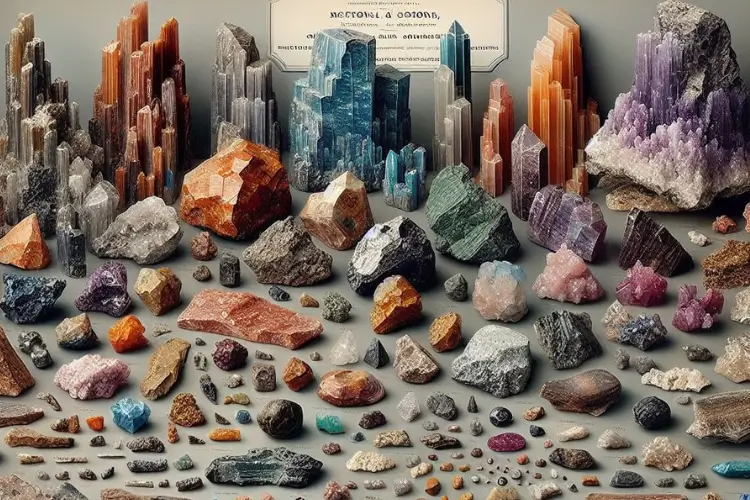
Which of the Following Best Defines the Relationship between Minerals and Rocks?
You can classify a substance as a mineral when it is solid, has a crystalline structure, occurs naturally, and has specific chemical composition. You may get a question about which of the following best defines the relationship between minerals and rocks in different exams. We will give you a detailed answer with an explanation to…
-
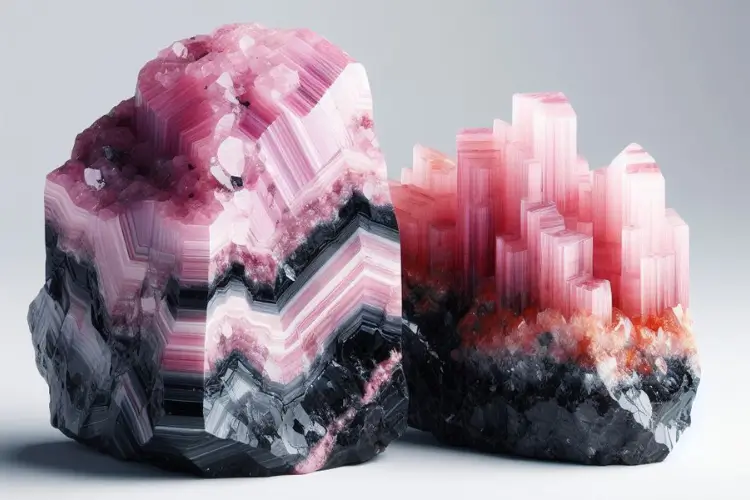
Rhodonite vs. Rhodochrosite: What Are the Differences?
Rhodonite is a mineral of pink to red color. Rhodochrosite is also a mineral of similar colors. You can get it in pink to gray color. The color of these minerals is due to manganese in the minerals. Rhodonite consists of manganese silicate. Manganese carbonate is the principal constituent of the rhodochrosite. People often confuse…
-

Opalite vs. Moonstone: What Is the Difference?
Most cannot find differences when they compare opalite vs. moonstone. Some buy opalite by the name of the moonstone because they believe both are the same crystals. We will give a guide to help you identify both of these stones to avoid scams. Opalite vs. Moonstone: What Are These Gemstones? Moonstone is a rare gem…
-
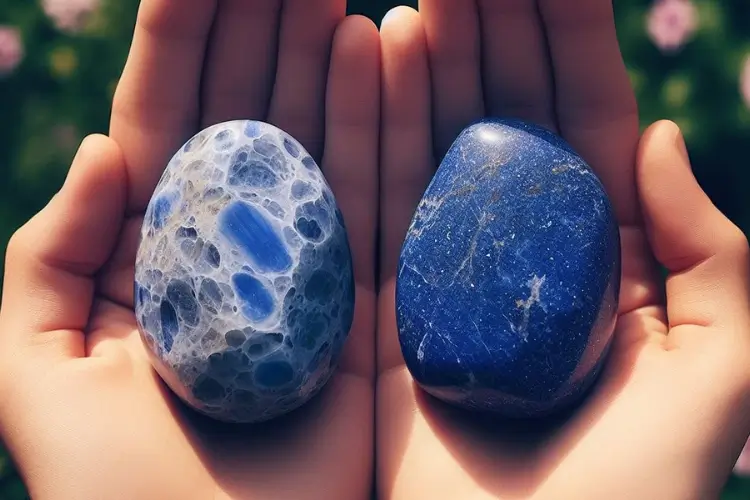
Sodalite vs. Lapis Lazuli: What Are the Differences?
You can differentiate sodalite vs. lapis lazuli by checking their mineral composition. Lazurite, pyrite, and calcite combine to make the lapis lazuli. Calcium, sodium, and potassium combine to make the sodalite. Sodalite belongs to the group of minerals known as the feldspathoids. You will find many differences between Sodalite and Lapis Lazuli if you know…
-
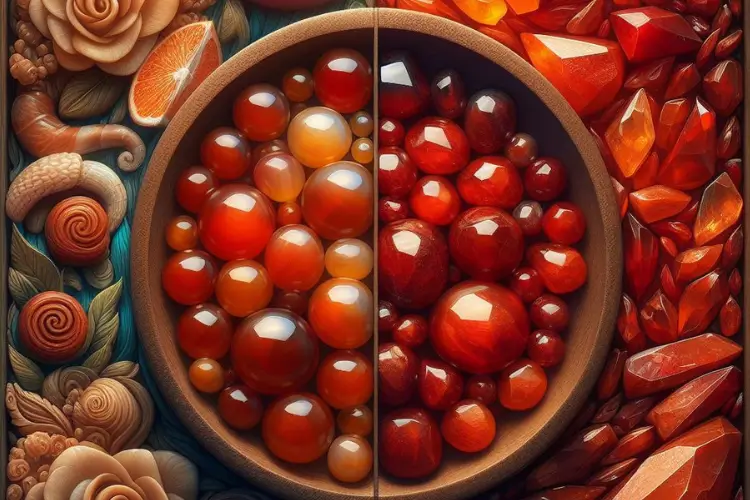
Carnelian vs. Red Jasper – What Is the Difference?
Carnelian vs. Red Jasper – it is easy to confuse these two crystals because of many similarities. Many practitioners consider them the stone for healing. You can learn about the differences between Carnelian vs. Red Jasper crystals to identify and care for them better. Carnelian vs. Red Jasper Carnelian and Red Jasper are two different…
-
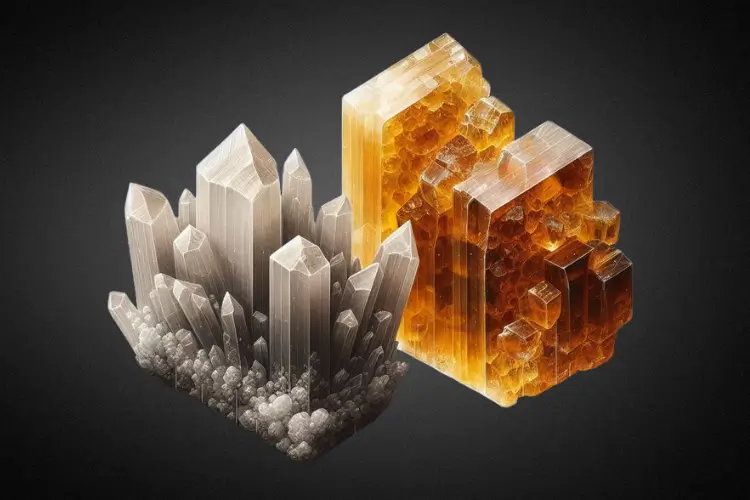
Calcite vs. Citrine: What Are the Differences?
Most of us cannot find a difference between calcite vs. citrine because they look similar at some points of the crystals. People debate about the accurate ways to identify these stones. We have compiled a comprehensive guide to help you distinguish between these stones. What Are the Differences between Calcite vs. Citrine? There are some…
-
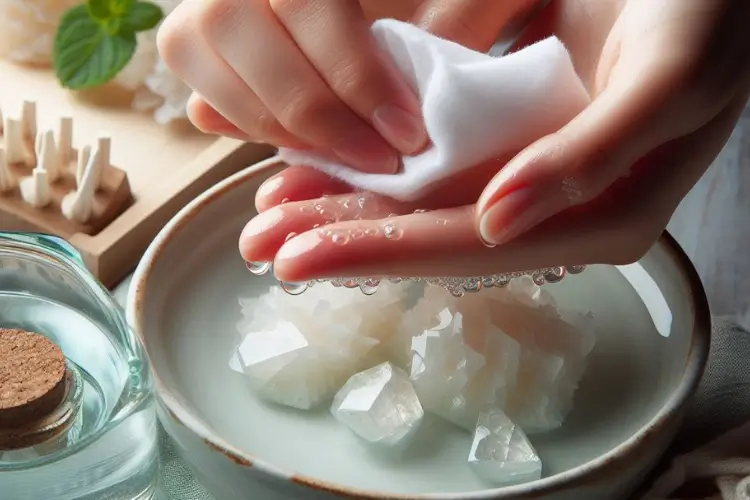
Can Calcite Go in Water?
Various minerals react differently when placed in water, and if you own a Calcite mineral, you may be wondering, “can calcite go in water?” You can put Calcite in water; however, placing it in water for extended periods is not recommended. Calcite is the most stable form of calcium carbonate, a polymorph. It’s pretty standard…
-
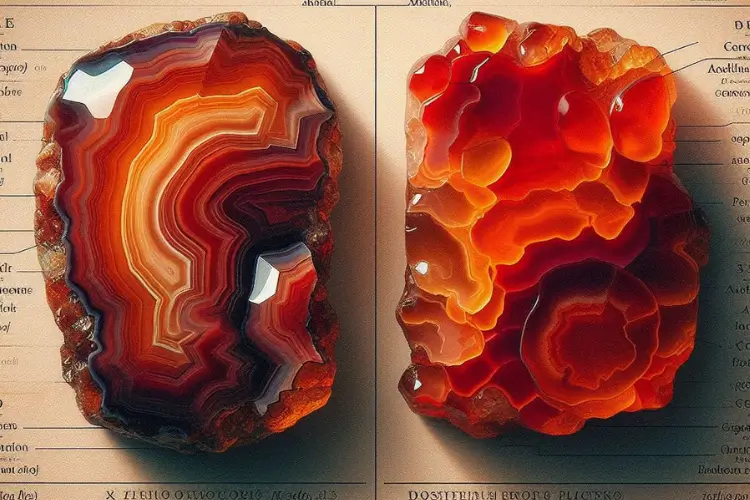
Red Agate vs. Carnelian: What Are the Differences?
Chalcedony is a fibrous form of quartz. When you compare red agate vs. carnelian, you will find few differences because these crystals belong to the chalcedony class. We have arranged a guide to help you with crystal identification. You can care for the crystal better when you identify it accurately. Red Agate vs. Carnelian: What…
